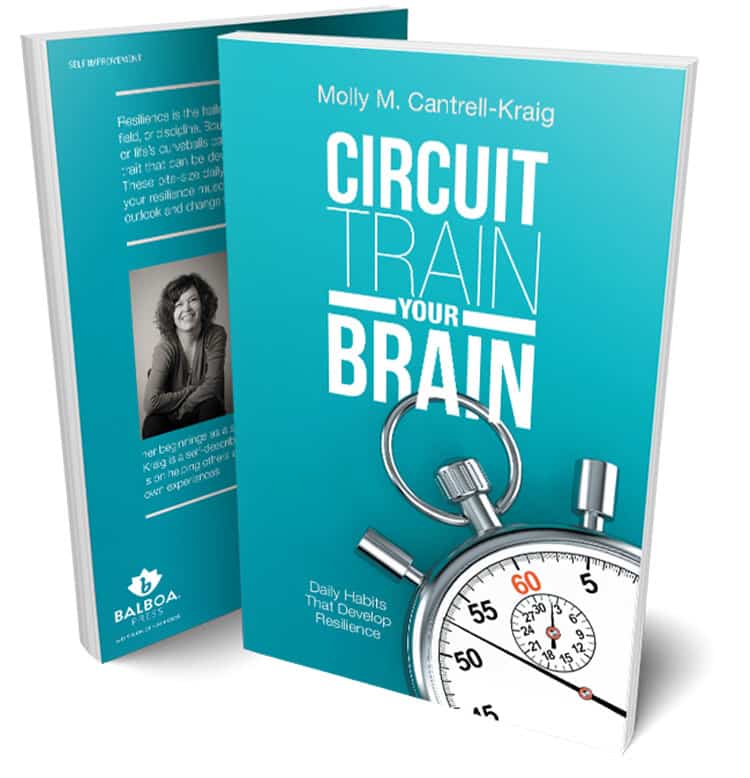How to face (and overcome) your fears

The phrase “here there be dragons” is an aphorism that has come to define general fears of the unknown, based on an ancient cartographer’s annotation to maps reflecting the earliest explorations of our globe. When mariners of epochs past would reach the end of their wanderings and the known world, they were said to have written, “here there be dragons” (or lions in the case of the Romans) to represent uncharted territory.
What are your figurative dragons? For most of us, all of our dragons are manifestations of fear and doubt.
When you were a little kid, imaginary dragons and monsters lurked under the bed or in the closet. Show of hands: Who else besides me knew how to jump from the doorway to the bed at night so that the monsters couldn’t grab your ankle and drag you under?
As you get older, adults know that the only things under the bed are fossilized Skittles, the renegade sock that escaped from the dryer and dust bunnies.
Our real fears live within the telephone we don’t want to use when calling sales leads or funders.
They live in our gut when we have to ask for help.
They live in the mirror when we fear forgetting who we are.
What got rid of the monsters when you were a kid? For me, it was M&Ms, a flashlight and a mother who told me that I could vanquish the monster who lived at the dark end of the hallway on the way to my bedroom.
How do you banish monsters when you’re an adult?
Surrounding yourself with good friends, the enlightenment within and of course, chocolate (if it ain’t broke, don’t fix it). I love fear now. Fear is my friend. When fear is present, I know that I am close to a breakthrough in my evolutionary journey of becoming a fully-functional being.
The key to embracing fear is to understand what it represents. In order to do this, you’ll need friends, paper, pencil and chocolate.
First of all, learn to recognize fear when it presents itself in your experience. What does it look life for you?
- Is it irritability?
- Sweating?
- Dizziness?
- A sinking feeling in the gut?
Pay attention and when these twinges kick in, train yourself to ask, “What am I afraid of?” or “What about this situation scares me?” Journal about it in your notebook or otherwise record your response.
Get to a place where you can process your answers, and your next step is to ask yourself, “Why am I afraid of this?” This step may take some time. Bring enough chocolate (by the way, the “why” is your flashlight).
Now, begin to explore the unknown. Through this exercise, you will prioritize and address your fears, and they will vanish like mirages in the desert. The paradox is, when fully faced and recognized for what they are, your fear (dragons/monsters) will evaporate.
To truly purge the power of your fear, have a good, long, healthy laugh at yourself for boxing at shadows. It is one of the most liberating feelings you’ll ever experience.
What fears have you already overcome? How did you vanquish your dragons? Remind yourself of your past successes when dealing with your current fears. Resilience is fostered and developed by overcoming fear. Every little pinprick of doubt has its source in fear. Fears are like mold that fester in the dark parts of your soul. Faith and action are the light that banish such fungus and enable you to move forward.
For what’s it’s worth, in my opinion, fear is good. Fears are the hidden stumbling blocks that your subconscious sees (or perceives to be true). When those stabbing panic thoughts laced with fear surface, pay attention. Write them down. And then knock them down, one at a time.
You may listen to your fears, but do not heed them.
For extra credit: Flip the script: what happens if you fail?
Define failure. Losing your business? Losing your money or investment? Losing your family? Losing your life? Put some scope in the mix. There are those who think that oversimplifying things to this degree sounds childish, but in my opinion, it’s not. Fear of imagined, yet unstated outcomes can be paralyzing. By transferring these imaginings out of your head and into the written word through journaling in your notebook, you can examine these paper tigers for what they really are.
Only when faced can your dragons be beaten. As a reminder, here’s a great quote from author Neil Gaiman:
“Fairy tales are more than true — not because they tell us dragons exist, but because they tell us dragons can be beaten.” Earliest known attribution is an epigraph in Neil Gaiman, Coraline (2004)
Which is based on the full G.K. Chesterton quote:
“Fairy tales, then, are not responsible for producing in children fear, or any of the shapes of fear; fairy tales do not give the child the idea of the evil or the ugly; that is in the child already, because it is in the world already. Fairy tales do not give the child his first idea of bogey.
What fairy tales give the child is his first clear idea of the possible defeat of the bogey. The baby has known the dragon intimately ever since he had an imagination. What the fairy tale provides for him is a St. George to kill the dragon. Exactly what the fairy tale does is this: it accustoms him for a series of clear pictures to the idea that these limitless terrors had a limit, that these shapeless enemies have enemies in the knights of God, that there is something in the universe more mystical than darkness, and stronger than strong fear.”
Today’s exercise is to list three of your fears and identify their source. Naming your fears is the first step in relinquishing their power over you.
Today’s post is a chapter excerpt of the book, Circuit Train Your Brain; Daily Habits That Develop Resilience, now available on Amazon. Resilience is the hallmark of achievers in any industry, field, or discipline. Bouncing back from failure, heartbreak, or life’s curveballs can be difficult for some; but it is a trait that can be developed with time and practice. Circuit Train Your Brain contains bite-sized daily exercises designed to train your resilience muscles so that you can change your outlook and change your life for good.
Have you read?
For those who are planning their next business trip, here are the best hotels for business travelers to stay in Seychelles. Sydney. Brisbane. Melbourne. Maldives. New Delhi. Vienna. Paris. Nice. Budapest. and Berlin.
Add CEOWORLD magazine to your Google News feed.
Follow CEOWORLD magazine headlines on: Google News, LinkedIn, Twitter, and Facebook.
This report/news/ranking/statistics has been prepared only for general guidance on matters of interest and does not constitute professional advice. You should not act upon the information contained in this publication without obtaining specific professional advice. No representation or warranty (express or implied) is given as to the accuracy or completeness of the information contained in this publication, and, to the extent permitted by law, CEOWORLD magazine does not accept or assume any liability, responsibility or duty of care for any consequences of you or anyone else acting, or refraining to act, in reliance on the information contained in this publication or for any decision based on it.
Copyright 2024 The CEOWORLD magazine. All rights reserved. This material (and any extract from it) must not be copied, redistributed or placed on any website, without CEOWORLD magazine' prior written consent. For media queries, please contact: info@ceoworld.biz
SUBSCRIBE NEWSLETTER









